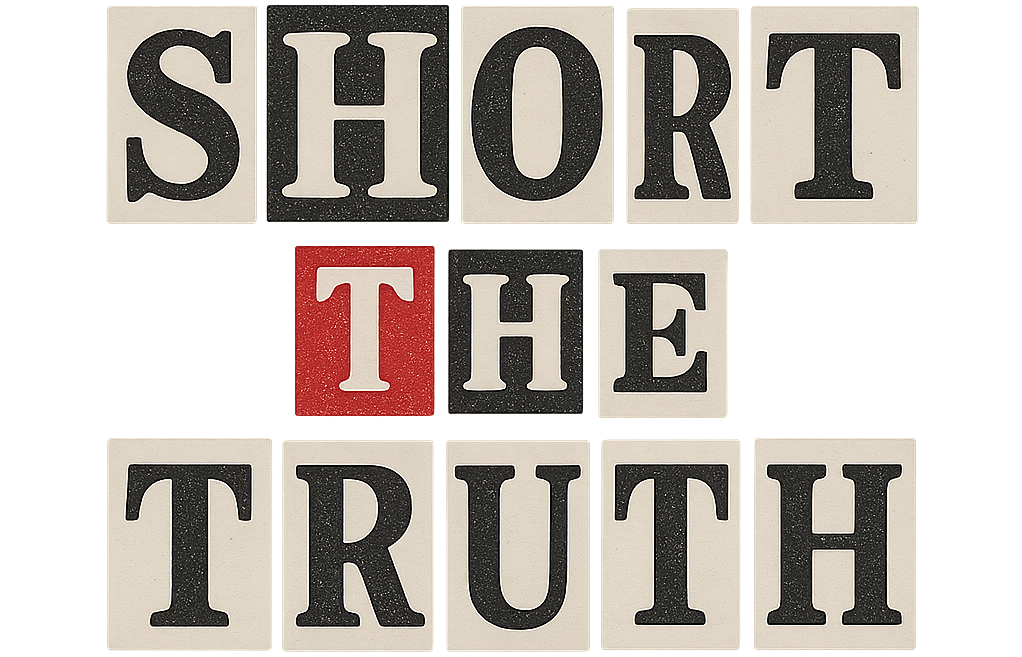After 118 days of red carpet silence and increasingly creative Instagram posts from out-of-work actors, the SAG-AFTRA union has officially ratified its three-year contract with the studios, marking an anticlimactic yet much-needed curtain call to the longest actors’ strike in Hollywood history.
The vote, which passed with a Hollywood-style 78.3 percent majority, followed more than a month of industry-wide suspense and a few impassioned monologues from lesser-known character actors who suddenly found themselves on picket lines instead of crime procedurals. Turnout for the vote was 38 percent among the 160,000 members eligible to voice their opinions, suggesting most either approved or were simply too busy catching up on side hustles that did not require residuals.
“This is a golden age of SAG-AFTRA unity,” declared union president Fran Drescher, whose unmistakable voice has been spreading solidarity and nasal resonance since the strike began. “Now we look forward to a future that protects our members and sets a new benchmark for what labor in entertainment can be.” Cynics might note that benchmarks in Hollywood tend to get rebooted every few years, but we digress.
The new contract includes updated streaming residuals that attempt to recognize the mysterious alchemy by which Netflix decides a series is valuable enough to keep, let alone compensate. It also provides guidelines on the use of artificial intelligence, protecting actors from digital reincarnation without consent, which, until recently, had been the stuff of Black Mirror scripts rather than contract negotiations.
That being said, the vote was not without discontent. A vocal minority of actors criticized the agreement for not going far enough in reigning in AI or for leaving holes big enough for a poorly animated CGI double to waltz through. The union leadership assured members that these concerns would be tackled in future discussions, or at least in strongly worded tweets.
Studios, meanwhile, were reportedly relieved to return to the normal chaos of production schedules and casting dilemmas, after a months-long intermission characterized by awkward reruns and late-night hosts pretending to be carpenters on YouTube.
And so, after a dramatic stand-off involving labor rights, streaming metrics, and artificially intelligent extras, Hollywood’s actors are officially back to acting like things are back to normal.
The show, predictably, must go on.

